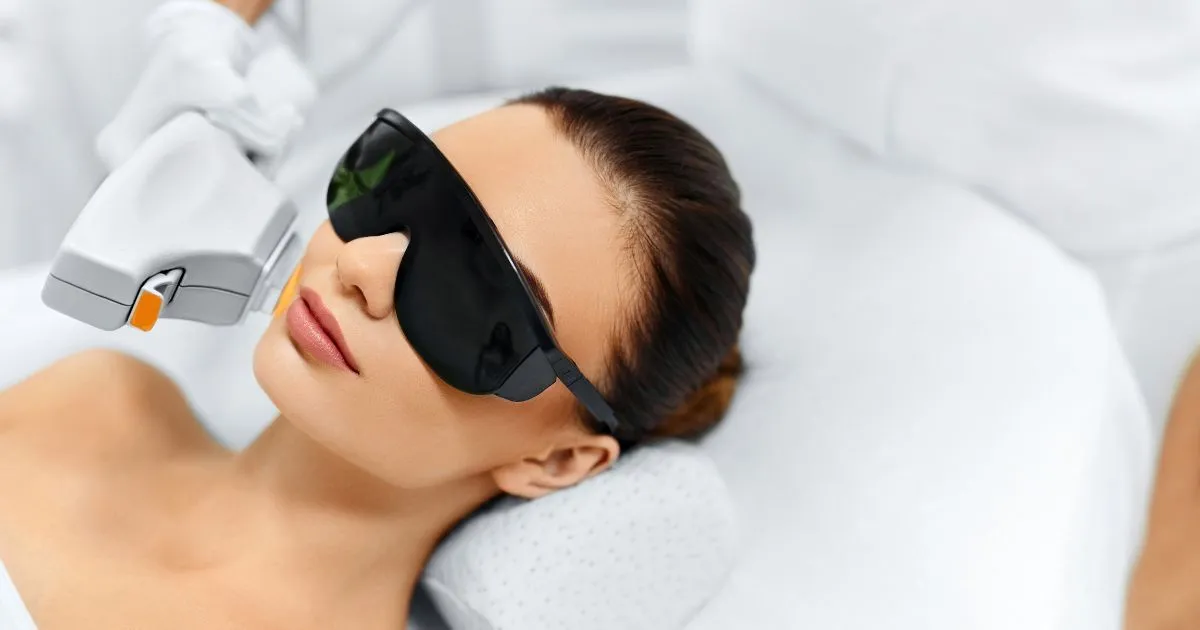

Wrinkle removal has long been a topic of interest for many, especially with the rise of non-surgical cosmetic treatments. Botox/Dysport stand out as two leading contenders in this arena. Both are injectable neuromodulators designed to reduce facial wrinkles’ appearance temporarily. While they share similarities, including their primary ingredient, botulinum toxin type A, distinct differences set them apart.
As people seek practical solutions for a more youthful appearance, understanding the nuances between these two treatments can make a difference. This knowledge not only aids in making informed decisions but also ensures that individuals achieve the desired results with minimal risks. The question remains: Which of the two offers superior wrinkle-removing capabilities?
Before we answer that question, it helps to know first the causes of wrinkles.
Wrinkles, often seen as a natural sign of aging, can be categorized into two main types: dynamic and static. Repeated facial expressions primarily cause dynamic wrinkles. Our facial muscles contract every time we smile, frown, or raise our eyebrows. Over time, with countless repetitions of these expressions, the skin forms visible lines and creases. These are dynamic wrinkles, most commonly found in areas like the forehead, between the eyebrows, and around the eyes.
Static wrinkles, on the other hand, develop due to factors like aging, sun exposure, and gravity. They are present even when the face is at rest, unlike dynamic wrinkles, which are more prominent during facial movements.
However, the dynamic wrinkles are mainly influenced by our facial expressions. As we age, our skin loses its elasticity and ability to bounce back from these muscle contractions, leading to more pronounced and permanent lines. It is why treatments targeting muscle activity, such as Botox and Dysport, have become popular solutions for those looking to reduce the appearance of these expression-induced wrinkles.
Botox and Dysport are derived from the same primary ingredient: botulinum toxin type A. When used in controlled and minimal amounts, this toxin can paralyze muscles temporarily. The science behind these treatments is rooted in this muscle-relaxing property. By targeting specific muscles responsible for facial expressions, these injections can reduce the appearance of dynamic wrinkles caused by repeated muscle contractions.
Botox, whose medical name is OnabotulinumtoxinA, was the first to be approved for cosmetic use. Over the years, it has gained immense popularity and has become a household name for non-surgical wrinkle treatments. It’s used for decorative purposes and various medical conditions, including chronic migraines and excessive sweating.
Dysport, or AbobotulinumtoxinA, is a newer entrant in the market but functions similarly to Botox. While the primary mechanism of action remains the same, there are subtle differences in the formulation, diffusion, and onset time between the two. Dysport is often perceived to spread more, making it potentially suitable for more extensive treatment areas, though the exact effects can vary from person to person.
Botox and Dysport offer a non-invasive approach to achieving a more youthful appearance by targeting the root cause of dynamic wrinkles: muscle activity.
Botox and Dysport are often mentioned in the same breath. Both have proven effective in reducing the appearance of dynamic wrinkles, but how do they stack up against each other? Let’s break down the comparison:
1.) Origin and Composition
2.) Mechanism of Action
3.) Onset of Results
4.) Duration of Effect
5.) Spread and Diffusion
6.) Dosage and Units
7.) Cost
8.) Side Effects
Both Botox and Dysport are administered through a series of precise injections into targeted facial muscles. A trained professional uses a fine needle to deliver the product directly into the muscle tissue responsible for causing dynamic wrinkles. The injections temporarily paralyze these muscles, reducing their activity and thus softening the appearance of wrinkles. The entire procedure is quick, often completed within 15 to 20 minutes, depending on the treated areas. After the injections, it’s common for patients to notice slight redness or swelling at the injection sites, but these symptoms typically subside within a few hours.
While many people can benefit from Botox and Dysport, there are some individual circumstances that you need to consider:
1.) Age Considerations
2.) Type of Wrinkles
3.) Overall Health
4.) Realistic Expectations
Botox and Dysport’s efficacy and safety have made them a top choice for those seeking a refreshed and youthful appearance. However, like all treatments, the results hinge on the expertise of the administering professional. Ready to explore the rejuvenating potential of Botox or Dysport? Trust your skin with the best. Contact or book an appointment today for a consultation with Central Oregon Aesthetics and embark on your journey to a more radiant you. Your skin deserves nothing but excellence.
